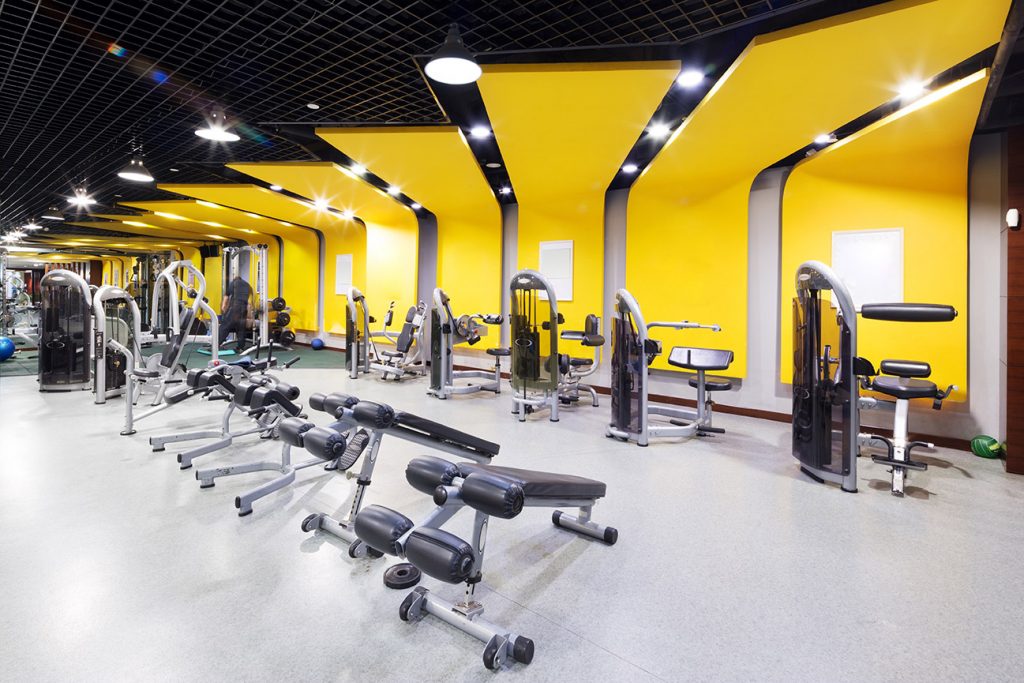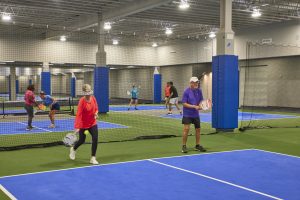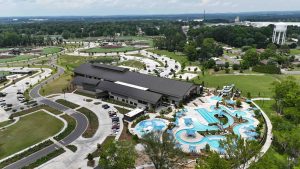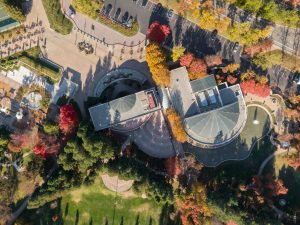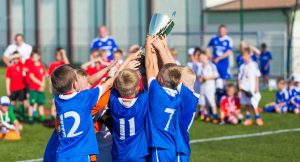Choosing the Best Artificial Lighting for Your Recreation Center
When designing and planning your recreation center, lighting is a major factor to consider. Sports Facilities Management has previously discussed how to make the most of natural lighting in your recreation center or sports complex, but what about artificial lighting?
Natural lighting is not always available, especially in the colder seasons when days are shorter and darker. In this blog entry, Sports Facilities Management discusses how to approach artificial lighting for your recreation center – from why it is important to how best to apply it.
Why Good Lighting Matters
Why is good lighting important? Just like your home, or any office, proper lighting goes a long way in how it dictates the mood of those inside. For example, most people tend to avoid harsh fluorescent lights at home in order to make it feel relaxed and comfortable, as opposed to the harsh overhead lights of a large office or supermarket.
Creating the Right Atmosphere Depending on What You Offer
What makes the right lighting work so well is that it creates an atmosphere, depending on how it is used. Ambient lighting is the lower lighting mentioned above, typically used at home to create a warmer atmosphere and a softer focus to help you relax.
Other, more creative ways of lighting are typically referred to as “accent” lighting, which is angled lighting from multiple sources to emphasize certain elements — often used to light performers on a stage for dramatic effect. For larger areas — especially offices and other workplaces — task lighting is the most commonly used. Task lighting is brighter and more focused, designed to help concentration.
For most sports complexes, task lighting is typically used in more active areas. This is because the brighter light, spreading evenly across the activity area, helps players and others stay focused and alert.
When it comes to artificial task lighting, it is important to light evenly from above, making sure your light sources are properly angled to avoid obscuring or poorly illuminating parts of the arena or fitness area. Correct angling of task lighting in a larger space should create a uniformity of light, with all exposed areas lit clearly.
Lighting for Other Activities
With recreation centers, you have the opportunity to be more creative with the way in which you light certain areas. While sporting arenas, indoor gyms, and Olympic swimming pools benefit from the kind of lighting described above, areas that are more focused on fun are likely to feel cold and sterile under the same lights.
A good example of this is an arcade, which benefits far more from lower ambient lighting to emphasize the vivid colors of the games. The same concept applies to bowling alleys and laser tag arenas. You should also consider some creative lighting for your dining areas.
Many complexes tend to use the same harsh lighting in the areas, but using softer, ambient lighting creates a more welcoming atmosphere and is especially appropriate for events like children’s birthday parties or office parties. If your facility is focused on fun rather than just sport and fitness, then moving away from a utilitarian approach to lighting can make the experience much more enjoyable for your users.
Recreation Center Lighting and More Detailed Information
Indoor artificial lighting for your recreation center is just one of the many things you will need to think about, especially if you are in the early stages of planning or renovating your complex. To get the best advice from the first step, contact Sports Facilities Management and benefit from years of professional management experience.

